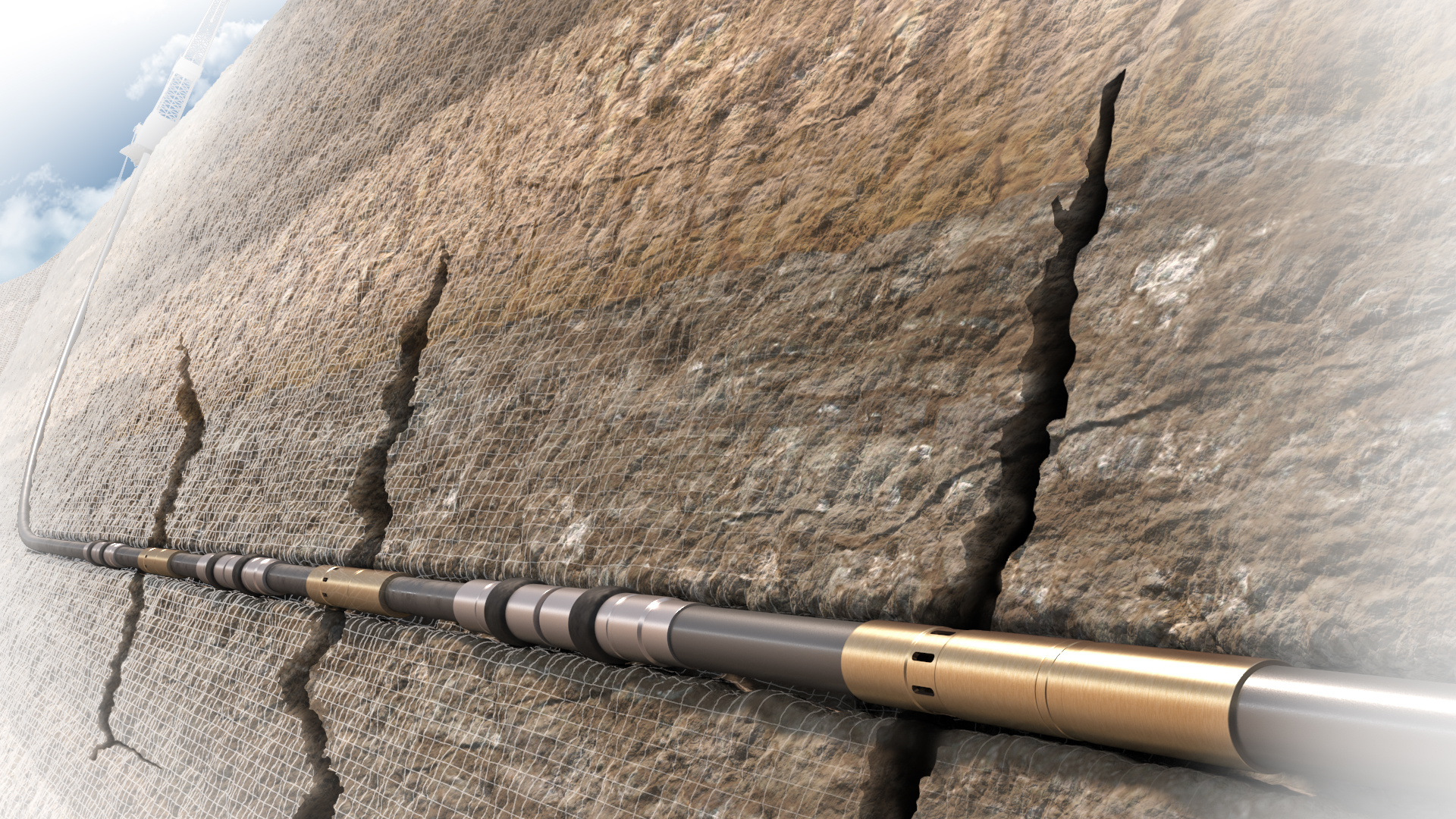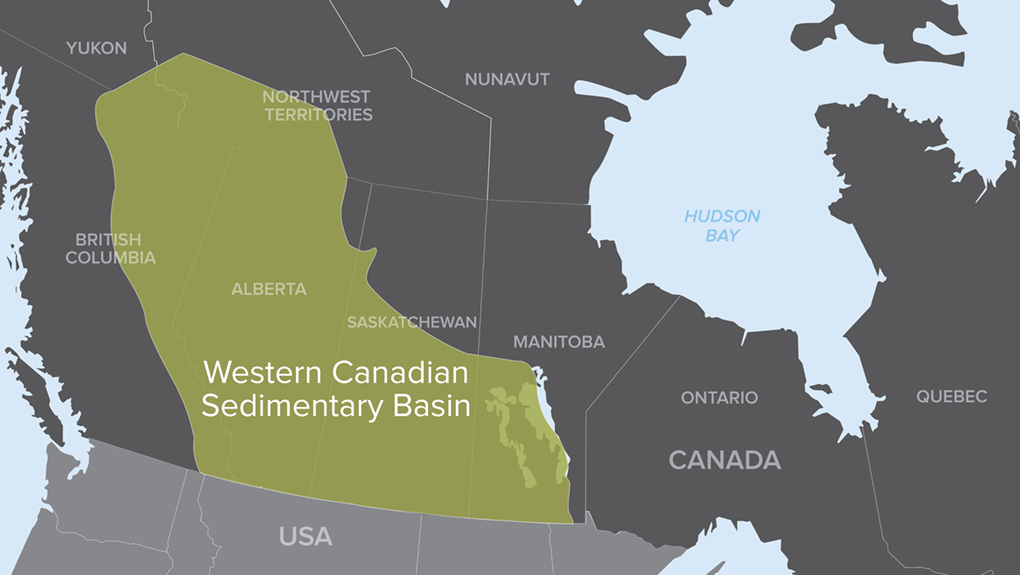Custom solution saves tight gas well in Western Canada

Background

The Western Canada Sedimentary Basin (WCSB) covers 1.4 million square kilometers from Manitoba to B.C. and is one of the world’s largest reserves of petroleum and natural gas. As with the oil and gas industry in other regions, development in the WCSB is shifting from conventional to unconventional resources because advances in horizontal drilling and multi-stage completion technology have allowed for recovery of previously uneconomic reserves. For example, operators working in west-central Alberta are starting to successfully exploit a number of Cretaceous tight gas sandstone formations, including the Cardium, Cadomin, Nikanassin, Bluesky and Notikewin.
Challenge
An operator targeting the Notikewin member of the Spirit River formation planned to complete their horizontal well open hole with a Packers Plus StackFRAC® multi-stage fracturing system. They chose Packers Plus for their operational experience, and the reliability and repeatability of the tools resulting from stringent QA/QC procedures. However, due to sloughing of the well at the heel after drilling the lateral, the operator had to case and cement the horizontal and reassess how to proceed with stimulation of the well.
Solution
The solution involved designing a 4-stage StackFRAC® Slimhole system using a 2.875-in. liner to re-enter the original 4.5-in. cemented casing. Three new sets of perf clusters were shot approximately 150 to 300 m (492 to 984 ft) apart along the horizontal. FracPORT™ sleeves were strategically placed for targeted fracture through the new perforations as well as to allow for production from the existing perforations.
The system design included a Pump Out Plug and a RockSEAL® IIS packer, which provided added anchoring to frac out the perforation cluster located at the toe (Stage 1). The next three stages used two RockSEAL II packers and three FracPORT sleeves: two located at the same depth as the new perforations (Stage 2 and 4) and one set in the middle of the two existing sets of perforations (Stage 3). The StackFRAC Liner Hanger Packer served to isolate the top of the fourth stage.

Despite having the option to “plug and perf” the cemented lateral, the operator chose to reconfigure the StackFRAC system to run into the 4.5-in. intermediate casing and target fractures at seven perforation clusters. A StackFRAC Slimhole system was designed with 4.5 in. x 2.875 in. RockSEAL® II packers and 2.875-in. FracPORT™ sleeves. To maximize the flow area, 3.5-in. pup joints were swaged in between the tools using flush joint crossovers.
Also, because the StackFRAC Liner Hanger Packer was set in the 7-in. vertical casing, but the first RockSEAL II packer was set in the 4.5-in. intermediate casing, the liner was also swaged from 4.5-in. to 3.5-in. pup joints and then to 2.875 in. just before the RockSEAL II packer.
Results
The swaging resulted in an effective liner size of 3.5 in., which was successfully snubbed into the 4.5-in. intermediate casing to a total depth of 4,100 m. An average of 40 tonnes of proppant was pumped into each stage at 2.5 – 3 m3/min (34 MPa) in seven hours—one hour per stage. The continuous pumping operation of the StackFRAC system minimized operational time and fracture fluid volumes, reducing costs.
Packers Plus sales and technical services personnel worked closely with the operator to revise the program to ensure their needs were met and that the job was completed as planned. The operator was so pleased with the job that they used 18-stage StackFRAC HD systems in their Pembina-Cardium wells.
